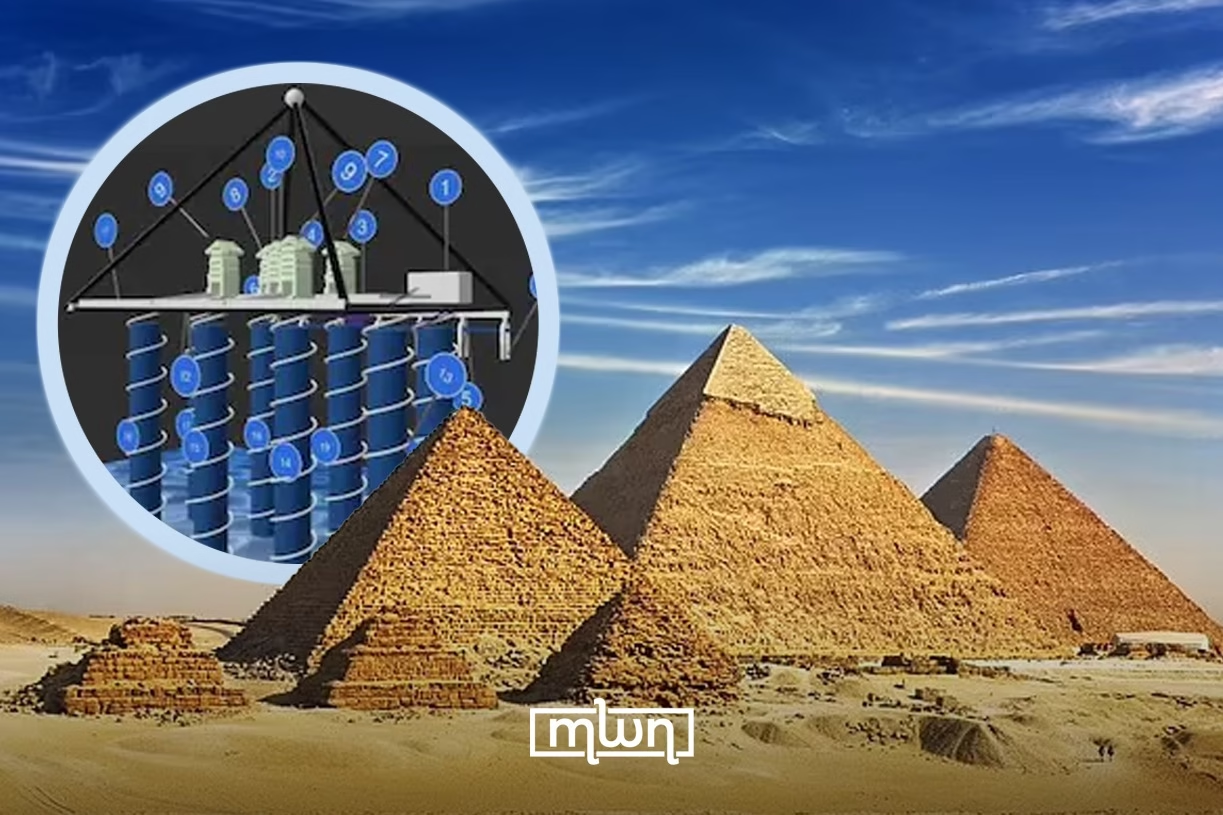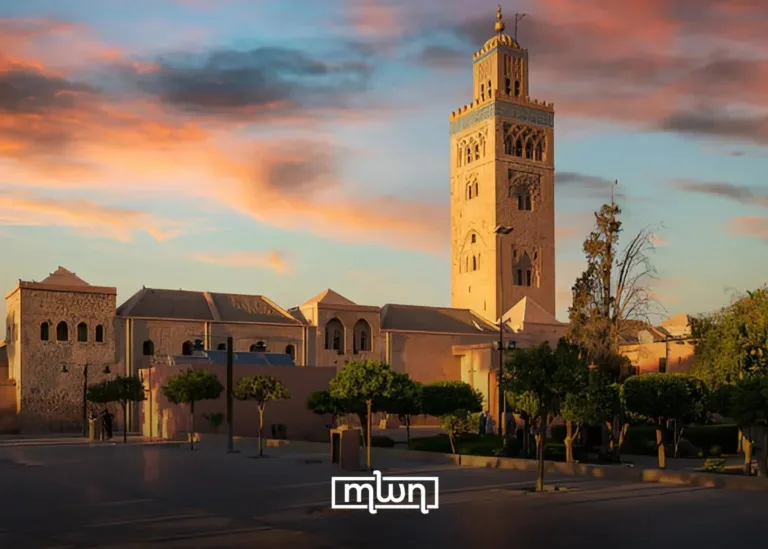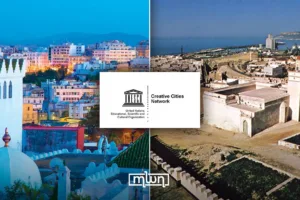Are There Ruins of an Ancient Underground City Under the Giza Pyramids?
Fez – Archaeologists may have uncovered a vast underground city hidden beneath Egypt’s iconic pyramids in Giza, according to a new study that has sparked intense debate within the scientific community.
The research, which employed advanced radar pulse technology, suggests the presence of deep, previously unknown structures extending thousands of feet below the surface.
The study identifies eight vertical, cylindrical formations located more than 2,100 feet beneath the pyramids ( 0.64 KM), alongside a complex network of unidentified structures stretching an additional 4,000 feet deeper (1.22 KM).
If verified, these findings could represent one of the most significant discoveries in the history of Egyptian archaeology, potentially reshaping understanding of the ancient civilization.
Skepticism among experts
Despite the striking claims, the study has faced immediate skepticism from leading experts in the field.
Radar imaging specialist Professor Lawrence Conyers has expressed doubt over the validity of the findings, as reported by GB News. He argues that current technology does not possess the capability to generate images of structures buried at such extreme depths.
He has described the study’s conclusions as “a huge exaggeration.”
However, Conyers did acknowledge the possibility of smaller chambers or structures existing beneath the pyramids, suggesting that the site may have held religious or cultural significance long before the construction of the iconic monuments.
He pointed to parallels with ancient Mesoamerican civilizations, such as the Mayans, who frequently built pyramids over cave entrances believed to be sacred.
More to be discovered
While the findings remain unverified, the study’s authors have called for further investigation, emphasizing that the data warrants serious academic scrutiny.
A panel of independent scholars is expected to conduct a thorough analysis of the research methods and conclusions in the coming months.
Professor Conyers maintains that only direct excavation could provide definitive proof of the purported underground city.
“As long as the methodology is sound, the interpretation deserves consideration,” he stated. “Science progresses through debate, but any claims must be supported by solid evidence”
Giza, the archaeological enigma
The Giza plateau, home to the Great Pyramid of Khufu, the Pyramid of Khafre, and the Pyramid of Menkaure, has long been a focal point of archaeological inquiry.
In addition to these world-famous structures, the site houses smaller temples, cemeteries, and an ancient workers’ village.
Project spokeswoman Nicole Ciccolo has described the study as “groundbreaking,” asserting that it has redefined the boundaries of satellite data analysis in archaeological research.
Whether the reported structures represent a true underground metropolis or an overinterpretation of radar signals remains a question for further scientific investigation.
For now, the mystery of what lies beneath the pyramids continues to captivate both researchers and the public alike, uncovering the enduring enigma of ancient Egypt.
Read also: The Secrets of Musk: Origins, Extraction, and Its Timeless Allure
















